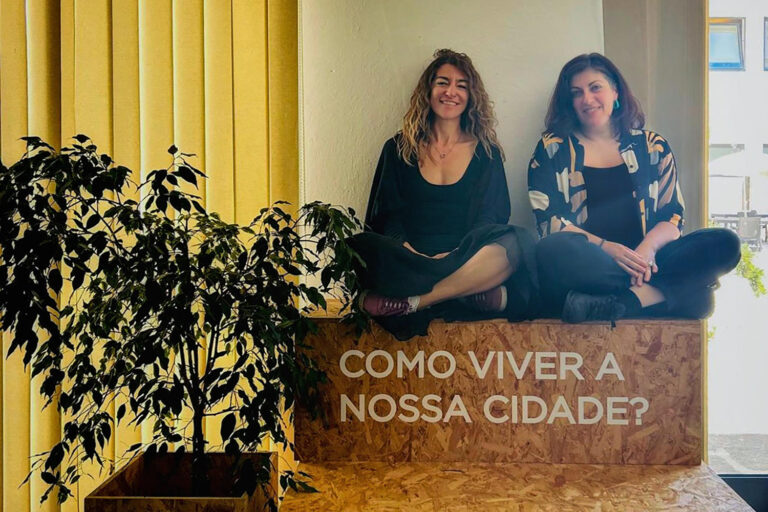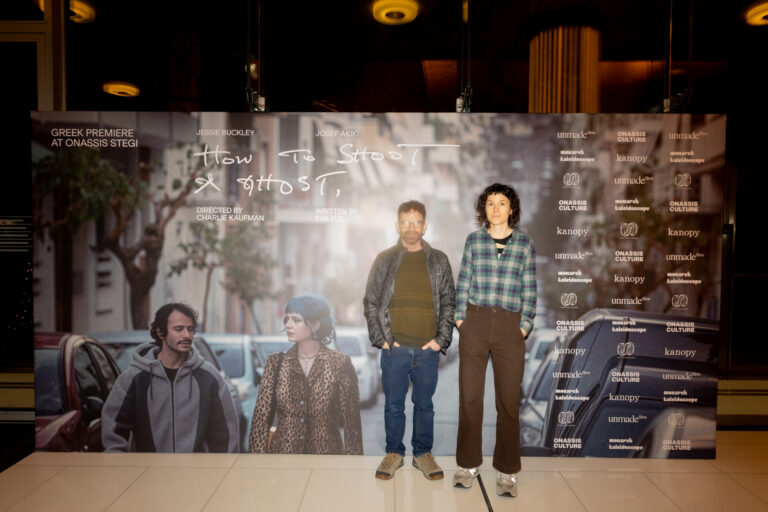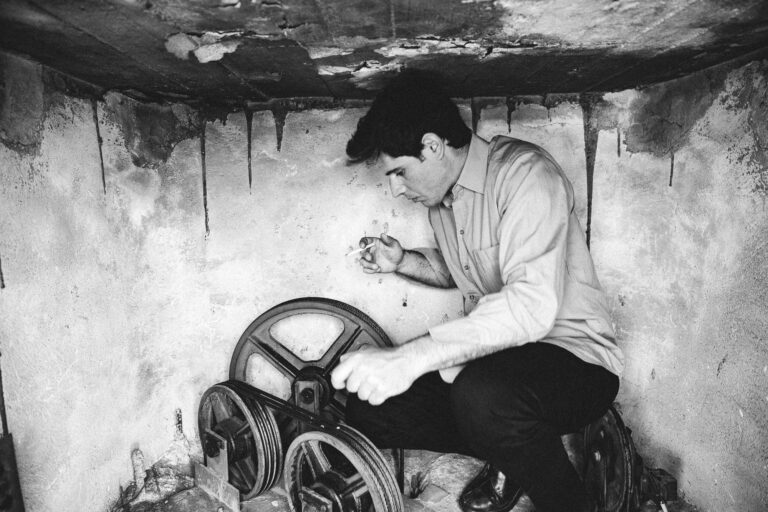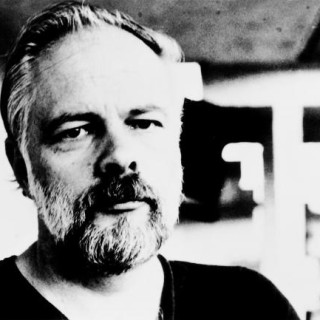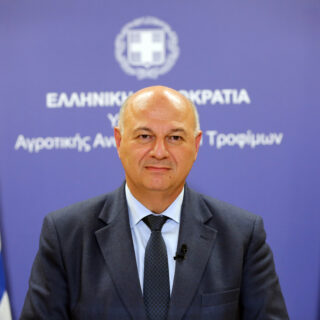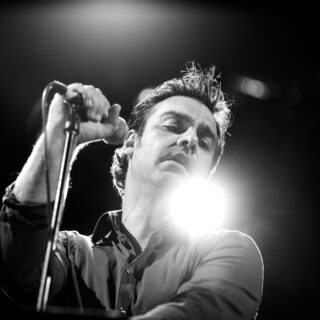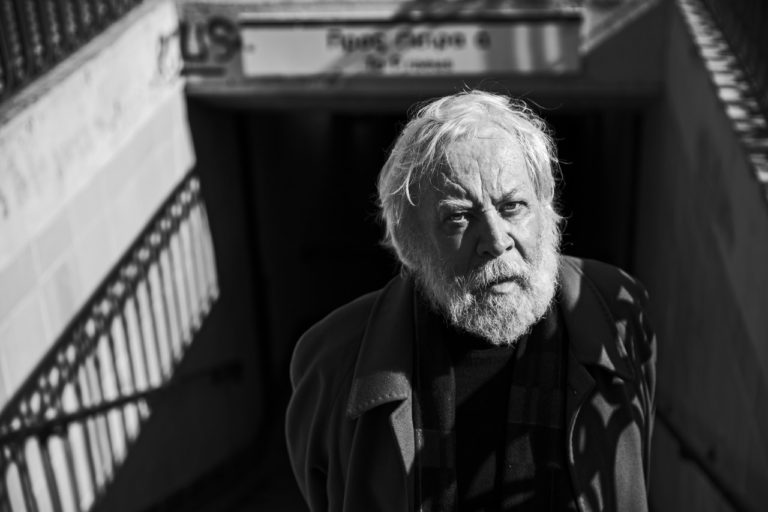A unique concert took place a few days ago at ARCH Club Live Stage, presented by an extraordinary musical group: the first sign language boy band from South Korea. Big Ocean is a phenomenon both in South Korea and on the global K-pop scene. The trio —consisting of PJ, Jiseok, and Chanyeon— is made up of artists with various forms of hearing loss, offering a new dimension to art and embracing disability as a creative force.
The three of them are simultaneously singers, dancers, rappers, choreographers, and lyricists. In their performances, alongside intricate choreography, they also interpret their lyrics in sign language, blending elements of Korean, American, and International Sign Language.
Their European tour, titled “Underwater Tour,” draws inspiration from a personal metaphor: as they say themselves, they feel like "merpeople," isolated underwater, trying to connect with the world above. “We want to connect,” PJ notes, “but we are out of place and time.”
This youthful K-pop group has begun describing its work as S-pop, where the “S” stands for sign language. While not an official music industry category, the term is used symbolically to describe a new form of artistic expression that incorporates sign language as a central means of stage communication and inclusion. Who would have expected something like this just a few years ago?
Chanyeon explains: “When I was eight and had surgery to improve my hearing, and I started hearing a bit better, the first thing that amazed me was music. It was a completely novel experience. Since then, I’ve never stopped dancing and singing.”
Similarly, Jiseok began listening to music at the age of nine. Big Ocean uses the power of artificial intelligence to boost their creativity. PJ describes: “We give the AI different versions of our voices, repeatedly listen to the song we’re creating, and adjust our performances to avoid tonal or rhythmic errors.” Modern technology helps them achieve vocal harmony and stage precision, delivering a flawless and impressive result—especially given the simultaneous interpretation of lyrics in sign language.
PJ continues: “The lyrics of RM (main rapper and lyricist of BTS) had a huge impact on my path as a pop idol. They touched me emotionally; they had meaning. They spoke to me. For us, sign language is not just a way for deaf and hard-of-hearing people to understand. It’s an emotional interpretation of our songs that hits straight to the heart.”
K-pop: A Global Cultural Phenomenon
K-pop is much more than music: it’s a fanatically followed culture. It offers a multi-dimensional audiovisual experience with high-quality production, perfectly synchronized choreography, stunning music videos, and a deeply interactive relationship with fans that makes artists highly approachable.
This culture spawns massive global online communities built around shared joy and optimism—often sparked by the social and humanitarian actions of K-pop groups.
A recent example is SUGA, rapper, lyricist, and musician from BTS. During his military service—fulfilled through community work rather than in a military camp—he taught music to children on the autism spectrum, sharing the joy and creativity of his art. Upon completing his service about a month ago, he donated $3.5 million to organizations supporting autistic individuals in Seoul. His gesture resonated globally, not just symbolically but as a concrete example of social engagement. It’s a choice with ethical and social weight, raising new questions about how and where artists choose to invest their visibility—and income.
K-pop artists wield tremendous influence. With their explosive energy and popularity, they inspire millions of fans to adopt their social values and even spark entire movements focused on political issues, identity, solidarity, and humanitarian efforts against poverty and hunger. Part of this peaceful coexistence includes acts of healing—creating spaces of togetherness, joy, and inspiration, where audiences and artists co-move and co-create.
A social undercurrent thus emerges—a trend, a political “wave.”
As pioneers, BTS have, from early on, not hesitated to speak publicly about taboo topics like mental health, depression, and suicide. This bold and empathetic outreach —especially to younger audiences— played a key role in their meteoric rise. Ten years later, their political and social stance, the messages in their lyrics, their countless charitable actions, and community initiatives have fostered a distinctly positive, relatable image. This image allows them to actively engage in social discourse: inspiring, supporting young artists, and helping shape a more inclusive and creative cultural landscape. Big Ocean are a representative example of this culture of acceptance.
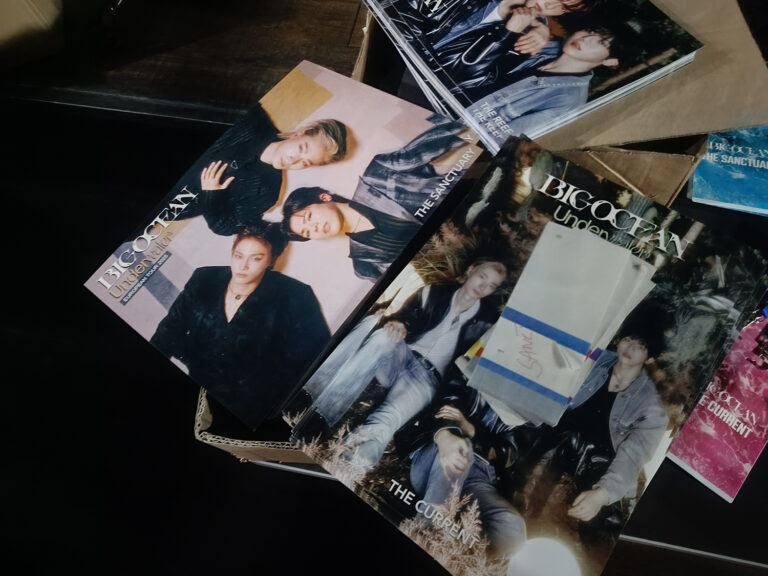
K-pop in Special Education in Greece
K-pop’s influence has reached Greece, where it inspires both artists and educators. Eleni Chatzigeorgiou, an actress and drama educator, has incorporated K-pop into her Theatre Education classes at a school for people with disabilities: “K-pop is loved not only by typically developing children but also by many disabled children. Using simplified choreography to songs by some BTS members —like ‘On the Street’,‘Chicken Noodle Soup’ by j-hope, and‘3D’ by Jungkook— I saw a growing joy and interest in active participation by my students.
We aimed to develop social skills, motor coordination, teamwork, memory, discipline, and physical expression, but also to improve their mental health—reducing anxiety through mood elevation and joy.
The choreography of ‘On the Street’ was turned into a music video and shown as part of a theater performance, emphasizing the message of the lyrics about hope and the joy of human existence.
The whole experience was deeply empowering for me and my students. It greatly boosted their self-esteem and gave them a sense of belonging to a modern, vibrant youth culture from which they are not excluded. Their presence and expression on stage mirrored the journey of Big Ocean, whose dynamic artistic presence sends a powerful message: disability is not a barrier to self-expression and creation.”
A New Concert Experience
The success of Big Ocean and their devoted fandom reflects today’s potential to imagine a shared world with space for everyone.
Their concert in Athens was more than a musical event—it was a lesson in inclusion. The audience, moved and attentive, respected the moments of silence the artists requested. It was powerful to “hear” a Korean song with no subtitles and still understand its meaning through hand gestures and facial expressions.
There was no “interpreter in the corner of the stage,” but a unified artistic body conveying everything through speech, rhythm, and silence.
Many artists today—through cultural practices like those explored by the NGO Liminal, which promotes equal participation in the arts—are exploring how inclusion can be integrated into the stage itself, rather than simply adding sign language interpreters in a peripheral role. Big Ocean’s case is a study in inclusive art: how a performance can be designed from the ground up to embrace everyone.
It’s an experience that reminds us: culture can—and should—be for all. K-pop is becoming a beacon of good practices in a rapidly changing world—often, yes, for the better.
